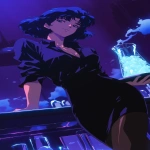Explore the Best AI Image Gallery

Pixels on Skin: AI-Generated Images & The Future of Art
The art world is undergoing a seismic shift, driven by the rise of artificial intelligence (AI) and its ability to generate breathtakingly realistic images. From intricate portraits to fantastical landscapes, AI algorithms are pushing the boundaries of creativity, sparking both excitement and debate within the artistic community.
This new frontier, where machines can mimic human artistry, raises profound questions about the nature of creativity itself. Is it possible for an algorithm to truly create something original? And what does this mean for human artists in a world increasingly populated by AI-generated art?
The Impact on the Creative Industry
AI-generated images are already making waves in various sectors of the creative industry. Design agencies are utilizing AI to rapidly generate visuals for marketing campaigns, while game developers are leveraging it to populate virtual worlds with lifelike characters and environments. The accessibility of AI tools is democratizing art creation, empowering individuals without formal training to produce stunning works.
Potential Uses & Applications
- Design & Advertising: Generate customized visuals for marketing materials, product prototypes, and branding assets.
- Entertainment: Create realistic special effects in films and video games, design immersive virtual reality experiences, and develop interactive narratives.
- Fine Art: Explore new artistic styles and concepts, produce unique pieces on demand, and personalize artwork based on user preferences.
- Education & Research: Visualize complex data sets, create interactive learning materials, and explore the creative potential of AI algorithms.
Ethical Considerations
The rise of AI-generated art also presents significant ethical challenges that require careful consideration:
Copyright & Ownership
Who owns the copyright to AI-generated artwork? Is it the creator of the algorithm, the user who provides the input, or the AI itself?
Bias & Representation
AI algorithms are trained on massive datasets, which can inadvertently perpetuate existing biases in society. This can result in AI-generated art that reinforces stereotypes or lacks diversity.
Authenticity & Deception
The ability to create hyperrealistic images raises concerns about the potential for manipulation and deception. How do we distinguish between genuine human creations and AI-generated works?
Future Trends
The field of AI-generated art is rapidly evolving, with exciting advancements on the horizon:
Personalized Art Experiences
AI algorithms will increasingly enable users to create personalized artwork tailored to their tastes and preferences.
Collaborative Creations
Artists and AI systems will collaborate in novel ways, blending human creativity with the computational power of machines.
Immersive & Interactive Art
AI-generated art will be integrated into immersive experiences, such as virtual reality and augmented reality, creating dynamic and engaging artworks.
The future of art is undoubtedly intertwined with the advancement of AI. As algorithms become more sophisticated, they will continue to push the boundaries of creativity, challenging our perceptions of what constitutes art and inviting us to explore new artistic frontiers.
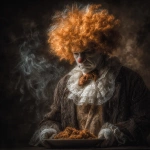
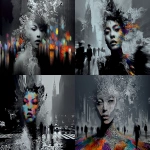

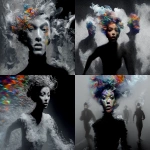


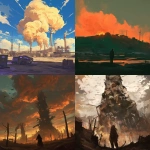



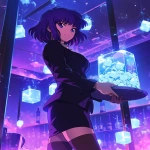
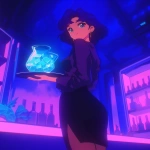
](https://images.ai-img.art/thumbnails/150/2ebdeb4f7db35100e5be5de9bc3e533a40d14e5feedefd7ffc586524a0f3ba8c.webp)

](https://images.ai-img.art/thumbnails/150/847809c77ca9a73b68bc190e6efb06fec87157685a243730d5a66a403b0e6e10.webp)
](https://images.ai-img.art/thumbnails/150/685ae68cfab93a7e59a71206867b060c45bd6fd3cd561c4fe60fca514b09c5f8.webp)
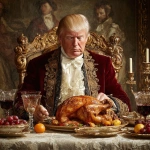


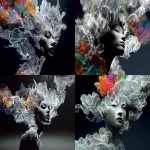
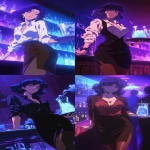

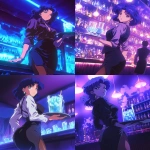



](https://images.ai-img.art/thumbnails/150/bd056a4718c27444e064198762f8dc8ffa1f74f1afd7dcda8d5cb8b142797d6e.webp)
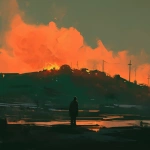


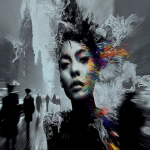
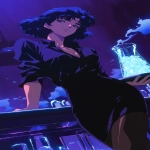
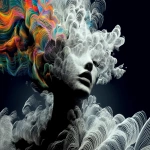


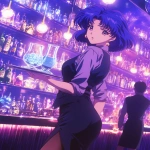
](https://images.ai-img.art/thumbnails/150/ff09e32d2be011c0dd785984c5c1e47839ce551a31da1bde242860b30df2aa30.webp)


](https://images.ai-img.art/thumbnails/150/7cf5a08238f29c821f52bb4f63db48af0b7f633ff3b9f7253074d78ced9ff6f6.webp)
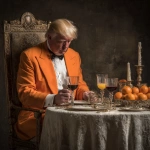
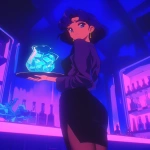

](https://images.ai-img.art/thumbnails/150/0ba0be922ab76af53f75ab90126ae2b18a600ee3b96941e8ab897a9f10594e5a.webp)
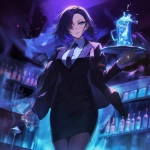

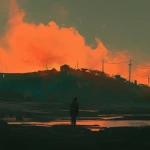
](https://images.ai-img.art/thumbnails/150/a3ed6513a6661aa3ee46e0c2924d1e8888854e91d8908de39db5590dc41f8d8f.webp)

